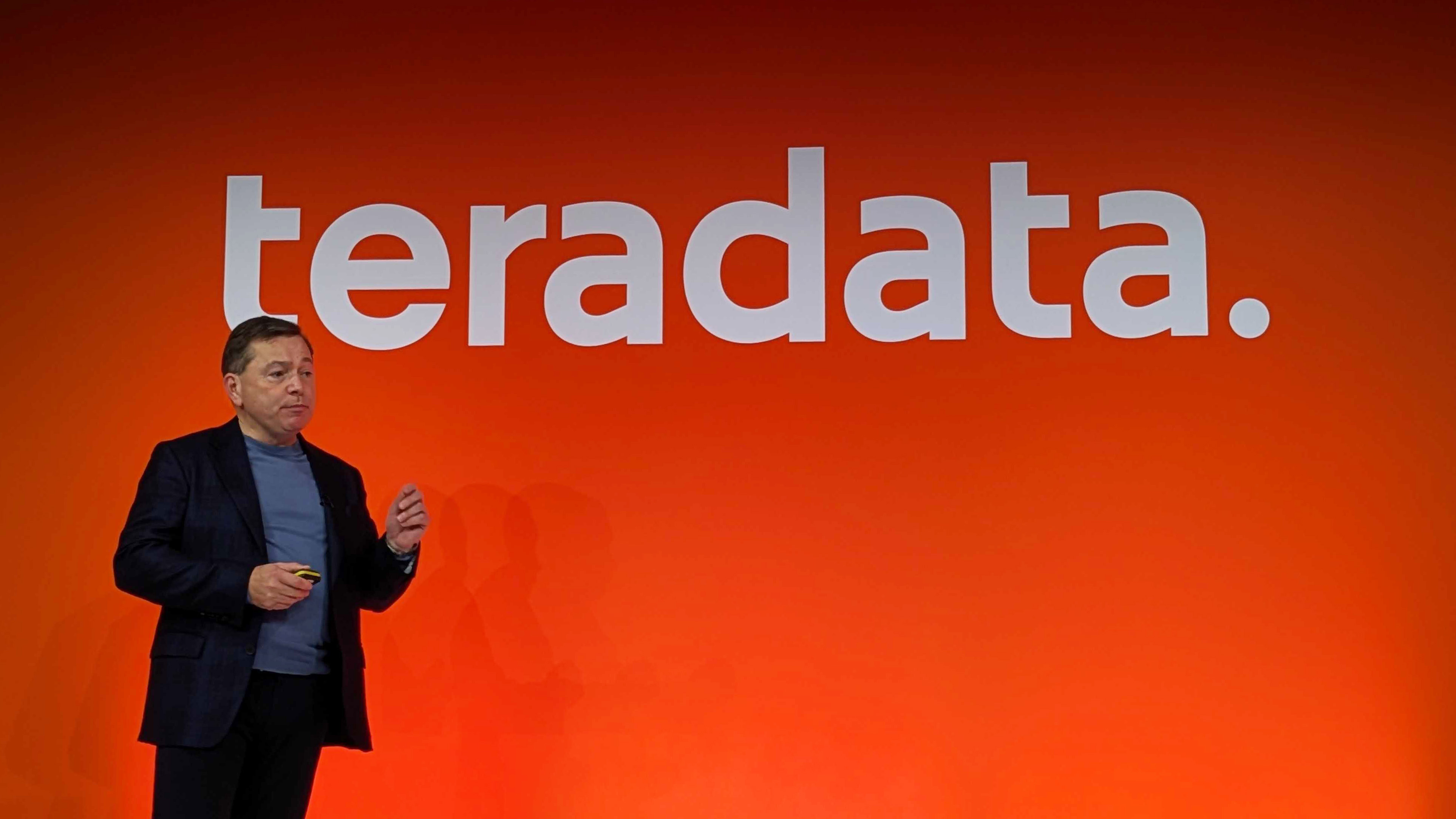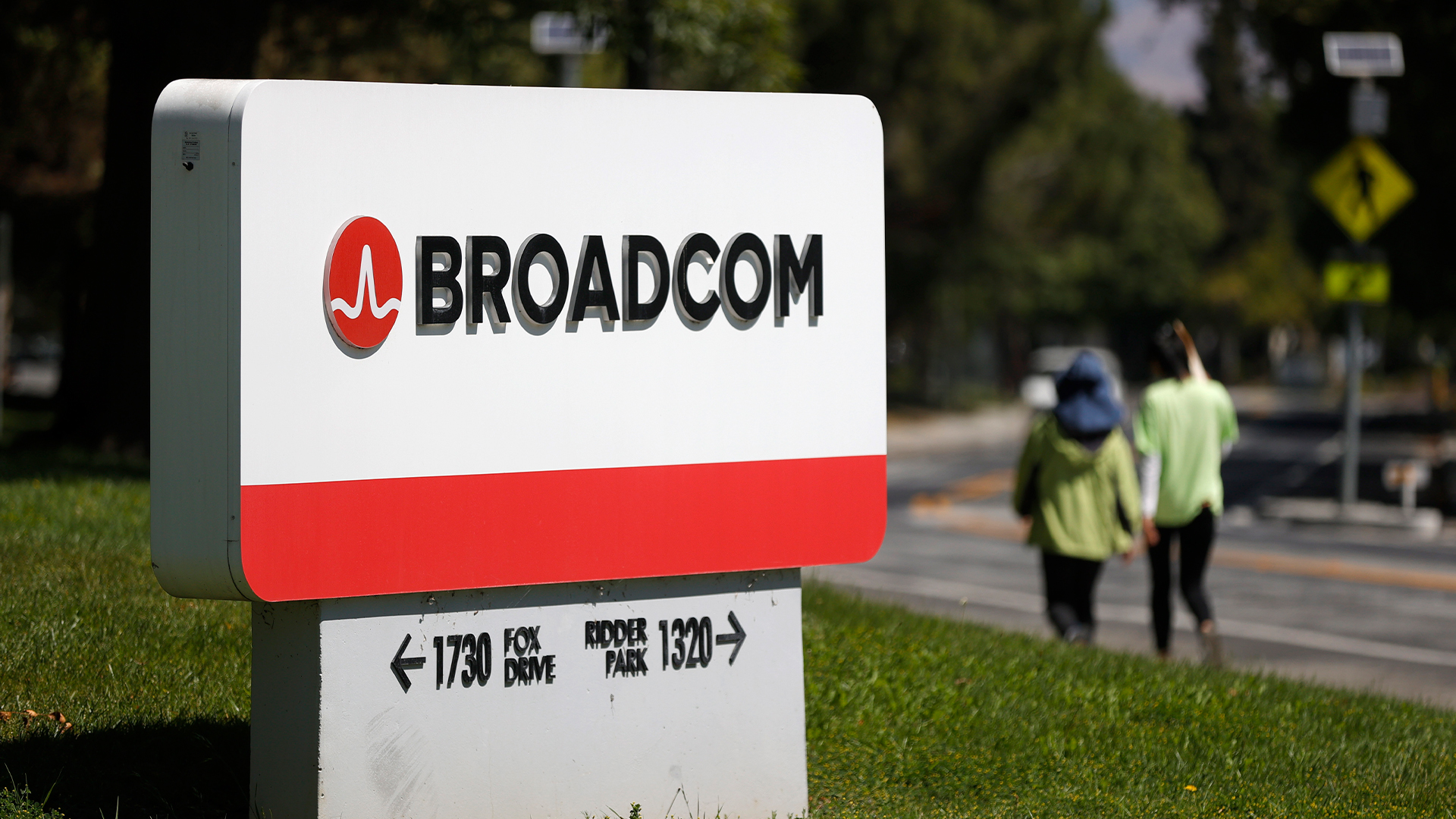Teradata wants you to think differently about data and innovation – and take inspiration from the likes of Shazam
With a focus on customer choice and ModelOps, Teradata is aiming to power developer innovation


Steve McMillan, CEO at Teradata, wants you to forget what you think you know about his company – and the way that you approach AI.
From reducing egress fees by keeping data in one place, to raising our expectations on the potential for generative AI, McMillan believes it’s better to accommodate customers in the cloud rather than dictate what they use.
“When we thought about how to architect a platform, especially for the cloud, we recognized we were not going to be everything to all people,” McMillan tells ITPro.
“We recognized that there were best-of-breed tools, technologies, and capabilities out there that people want to bring to the platform. So we’ve had a kind of ‘bring your own model’ capability for a long time.”
Teradata was formed in the 1980s and is largely known for data warehousing. But that doesn’t tell the whole story, or where it is now, or even where it wants to go. McMillan says it has been on a journey over the last four years, building itself as a cloud company, but even that fails to really explain what Teradata is about.
“We think about Teradata as a platform where you can bring in the right capabilities, rather than us forcing you to use what we have,” McMillan explains.
“Although we’re known for being an enterprise data warehouse, the platform is so much more than that now because it’s got a ton of analytics built in, but it's also got ModelOps. So you can bring your own model into the environment, use Python, use languages that you want. You can put it into our ModelOps capabilities, you can do AB compares against the model as you train the model, work out which is going to have the best results for your organization, and deploy it right there, run that against production data at scale.”
Sign up today and you will receive a free copy of our Future Focus 2025 report - the leading guidance on AI, cybersecurity and other IT challenges as per 700+ senior executives
The thinking here is that AI can do almost anything, at an equal pace to our imaginations. It’s of course true that ideas can be impeded by caution, a lack of understanding, and technological limitations. But as the founder of Shazam can attest, businesses can excel if leaders combine innovation and persistence.
Shazam and the application of creative persistence
The history of Shazam is almost hard to believe. The company not only began development in the late 90s and launched in 2002 – six years before iPhones and apps and a full year before iTunes and digitized music databases. You were able to get the original form of Shazam on a Nokia 3210. How did one of the most popular apps ever exist years before we even had apps?
“Defiance” is part of the answer, according to Shazam’s found Chris Barton. Speaking on stage, Barton explains that his idea, to identify any song from a short audio sample, was challenged at every step of the way and even branded ‘impossible’ by people with far more knowledge and experience than he had.
Barton isn’t a technical person – he doesn’t code, he doesn’t build programs or systems – but he had such unshakable belief in his idea that it drove him through every challenge he faced. To be able to recognize every song from a short clip required teams of people recording and labeling every available song, which they achieved by striking up a partnership with companies that provided CDs to retail outlets. Rather than buying every CD available, they spent nine months recording everything in a warehouse, creating a database for themselves and the provider.
Despite developing its own noise cancelling technology and building out a digitized database, long before either were fully mature technologies, Shazam wasn’t an instant success. Barton admits that there were six very difficult years from 2002 onwards, with a constant threat of bankruptcy looming over them and mass layoffs. But his persistence paid off and Shazam eventually became the most used app on the iPhone.
While a disruption like Shazam may look unlikely today, Teradata believes that companies should take inspiration from its story. And that message is aimed everyone.
“We want to set in the audience's head, this whole thing about breaking down barriers from an innovation perspective, inside your organization,” McMillan adds.
You can tell a lot about a company by its partners and in the case of Teradata, it has the cloud industries grand seal of approval. The big three hyperscalers (AWS, Azure, and Google Cloud) all support and work with Teradata services.
What's perhaps more telling is the services themselves. When Steve McMillan talks about breaking down barriers, he only needs to show us Teradata’s AI Unlimited service as proof. Using a business' chosen cloud environment and bringing their own large language models (LLMs), it accommodates seemingly everyone.
If there is a point of caution to add, it's that skills and training will still be a barrier. While Teradata offers all this possibility, businesses still need the right people to fully appreciate it.
Bobby Hellard is ITPro's Reviews Editor and has worked on CloudPro and ChannelPro since 2018. In his time at ITPro, Bobby has covered stories for all the major technology companies, such as Apple, Microsoft, Amazon and Facebook, and regularly attends industry-leading events such as AWS Re:Invent and Google Cloud Next.
Bobby mainly covers hardware reviews, but you will also recognize him as the face of many of our video reviews of laptops and smartphones.
-
 Cyber resilience in the UK: learning to take the punches
Cyber resilience in the UK: learning to take the punchesColumn UK law now puts resilience at the centre of cybersecurity strategies – but is legislation simply catching up with enterprise understanding that resilience is more than just an IT issue?
-
 CISPE claims European Commission gave Broadcom a ‘blank cheque to raise prices, lock-in, and squeeze customers’ with VMware deal
CISPE claims European Commission gave Broadcom a ‘blank cheque to raise prices, lock-in, and squeeze customers’ with VMware dealNews Cloud providers have issued a formal response to the General Court of the European Union after the Commission defended its approval of the deal
